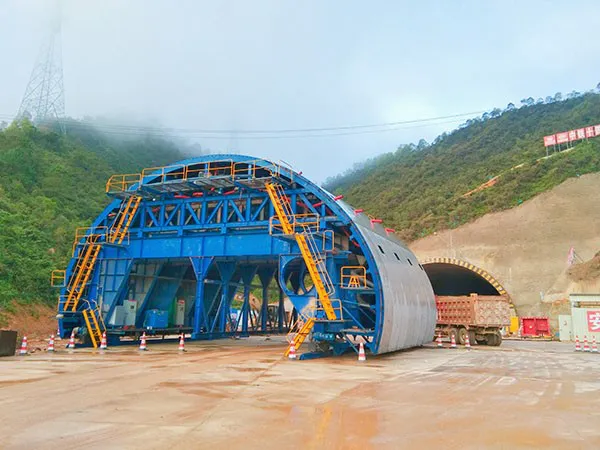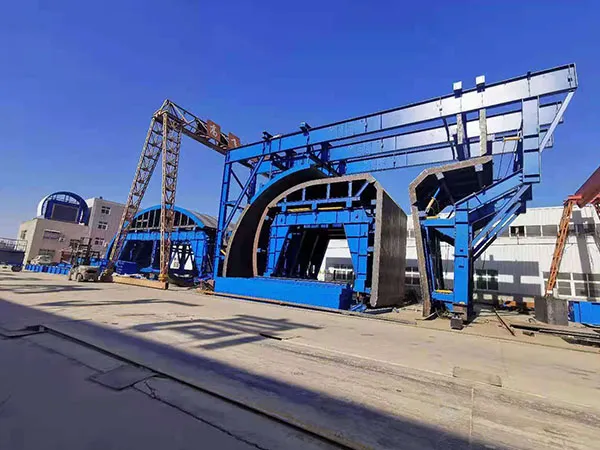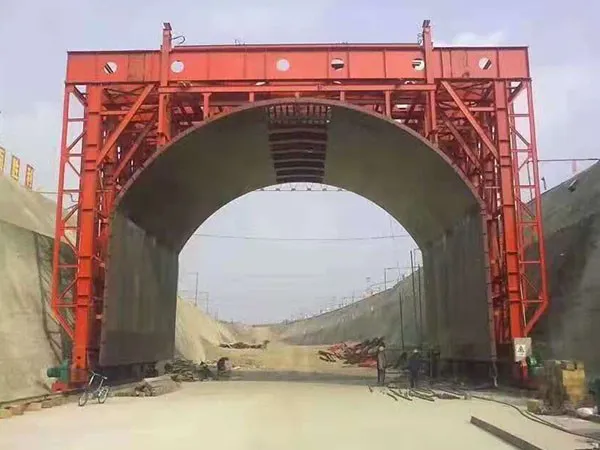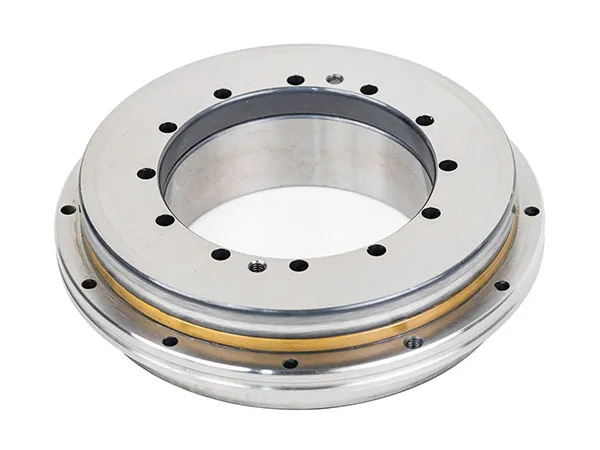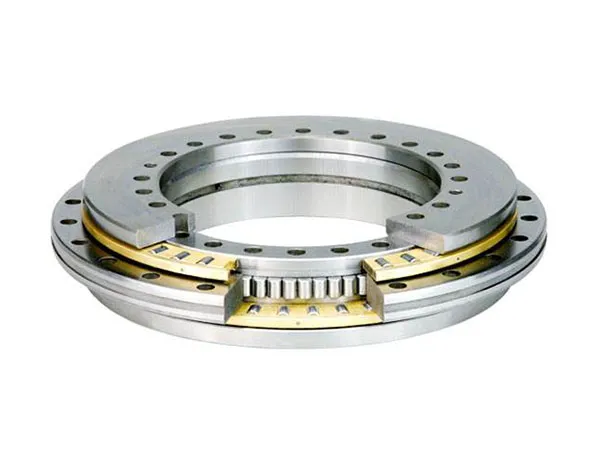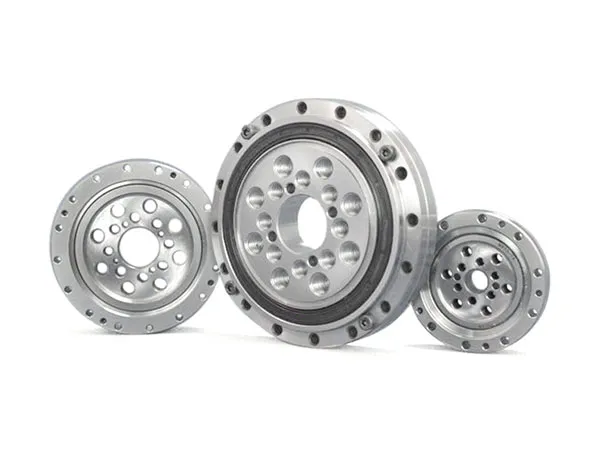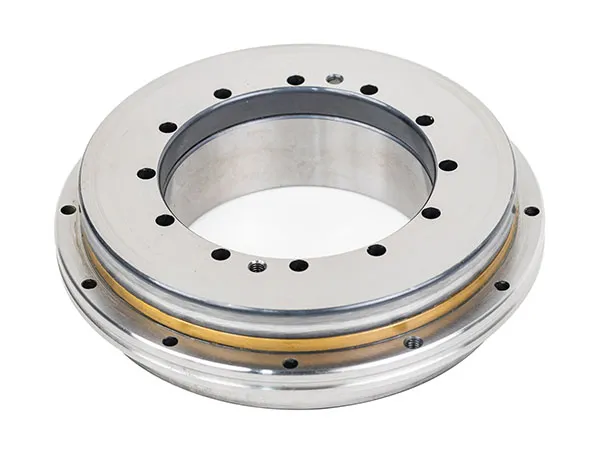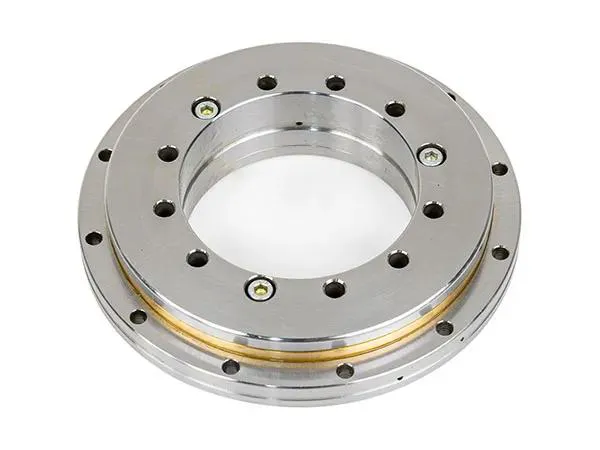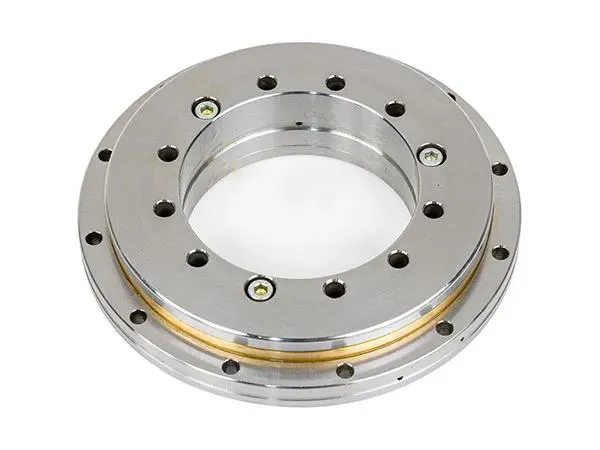Trituradoras de impacto desempeñan un papel fundamental en la minería, construcción, y producción de áridos gracias a su alta eficiencia de trituración y versatilidad en el manejo de diferentes materiales. Para mantener su trituradora de impacto funcionando al máximo rendimiento y minimizar el costoso tiempo de inactividad, el mantenimiento regular es esencial. Aquí encontrará una guía práctica para mantener su trituradora de impacto de forma eficaz.
guía de mantenimiento de la trituradora de impacto

1. Inspeccione las piezas de desgaste con regularidad
Las piezas de desgaste, incluidas las barras de golpe., placas de impacto, y revestimientos: experimentan tensión y fricción constantes. La inspección periódica garantiza un rendimiento óptimo y evita averías inesperadas.:
Barras de golpe: Compruebe si hay grietas o desgaste severo y reemplácelos rápidamente para evitar daños al rotor..
Placas de impacto: Asegúrese de que las placas no estén dobladas ni deformadas., ya que las placas desgastadas reducen la eficiencia de trituración.
Forros: Monitoree los revestimientos con frecuencia y reemplácelos antes de que se desgasten excesivamente..
Mantener estos componentes en buenas condiciones reduce significativamente los costos de reparación y evita tiempos de inactividad no planificados..
2. Priorizar la lubricación
La lubricación adecuada es fundamental para los rodamientos y las piezas móviles para evitar el sobrecalentamiento y fallas prematuras.. Las prácticas clave incluyen:
Utilice lubricantes de alta calidad recomendados por el fabricante..
Siga un estricto programa de lubricación.
Monitoree las temperaturas de los rodamientos para detectar signos de fricción anormal.
Una lubricación adecuada prolonga la vida útil de los componentes y mantiene su trituradora de impacto funcionando sin problemas.
3. Monitorear el rotor y el sistema de transmisión
El rotor es el núcleo de una trituradora de impacto., y su correcto funcionamiento es vital para la eficiencia:
Compruebe si hay desequilibrio del rotor o vibraciones inusuales..
Inspeccionar cinturones, engranajes, y acoplamientos por desgaste.
Asegúrese de que las correas de transmisión estén correctamente tensadas para evitar deslizamientos..
Ignorar estas comprobaciones puede provocar una reducción del rendimiento y reparaciones costosas..
…
Para obtener información más detallada sobre las pautas de mantenimiento de la trituradora de impacto, por favor haga clic aquí:https://www.yd-crusher.com/a/news/impact-crusher-maintenance-guide.html




